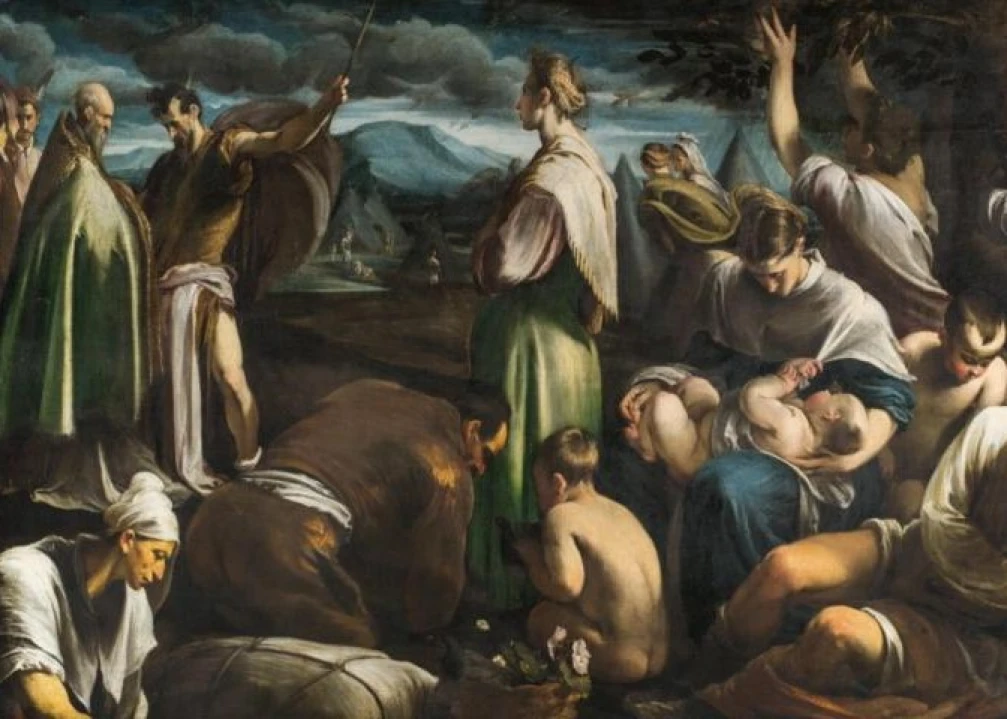A piece of news that once again binds the fortunes of Italy and the USA in the field of art, bounced a few weeks ago in the social media: the purchase, by the Getty Museum, of a work by Jacopo Bassano, il Miracolo delle quaglie (the Miracle of the Quails). A masterpiece, by the very definition of the Los Angeles museum, which announced its purchase on October 18, but only a few days ago published the complete file of the painting, which will now be exhibited to the public.
The work, dated 1554, is presented by the Getty as "one of the artist's largest and most ambitious," and again as an "outstanding example of Bassano's distinctive style and his juxtapositions of historical subjects and ordinary, poor people." We know well the circumstances in which the painting was completed, since it was commissioned in 1554 by the Venetian nobleman Domenico. In this admirable canvas, Jacopo Bassano has ventured into a rare representation of the biblical episode of the miracle of the quails, narrated in Exodus and in the Book of Numbers. It is the moment in which the people of Israel, led by Moses and Aaron and exhausted after leaving Egypt, are fed with the quails that God had rained down from heaven.
This is how Davide Gasparotto, senior curator of painting at the Getty, describes the artwork: "it perfectly embodies the genre to which Bassano owes his fame: the representation of biblical themes with a pastoral character, where realistic details of daily life take shape in compositions of great formal refinement. Black shadows prevail, and the colors shine through thick layers of pigment. Surface details, drawn with precision, blur into passages applied with looser brushstrokes. This almost abrupt but highly calculated simplicity gives the painting a mysterious and poetic aura." The painting, which for decades was in the possession of a Florentine antiquarian, is in essence a painting that stands out in Bassano's production for the rarity of the subject, the originality of the composition and the very fine quality of execution.
Jacopo da Ponte, known as Bassano, is the founder of a dynasty that can be considered a sort of palimpsest of Venetian art. In spite of the high personalities active in the lagoon from the fifteenth to the eighteenth century, the da Ponte family is constantly the object of commissions, exploiting the legacy that Jacopo left to his descendants, made up of a synthesis between central Italian Mannerism, imported to Venice in the 1640s by Vasari and Salviati, and the form-color style typical of Pordenone, thus contributing to the creation of "Venetian Mannerism". The Bassano dynasty left hundreds of works on Venetian soil and currently exhibited in many museums around the world.




